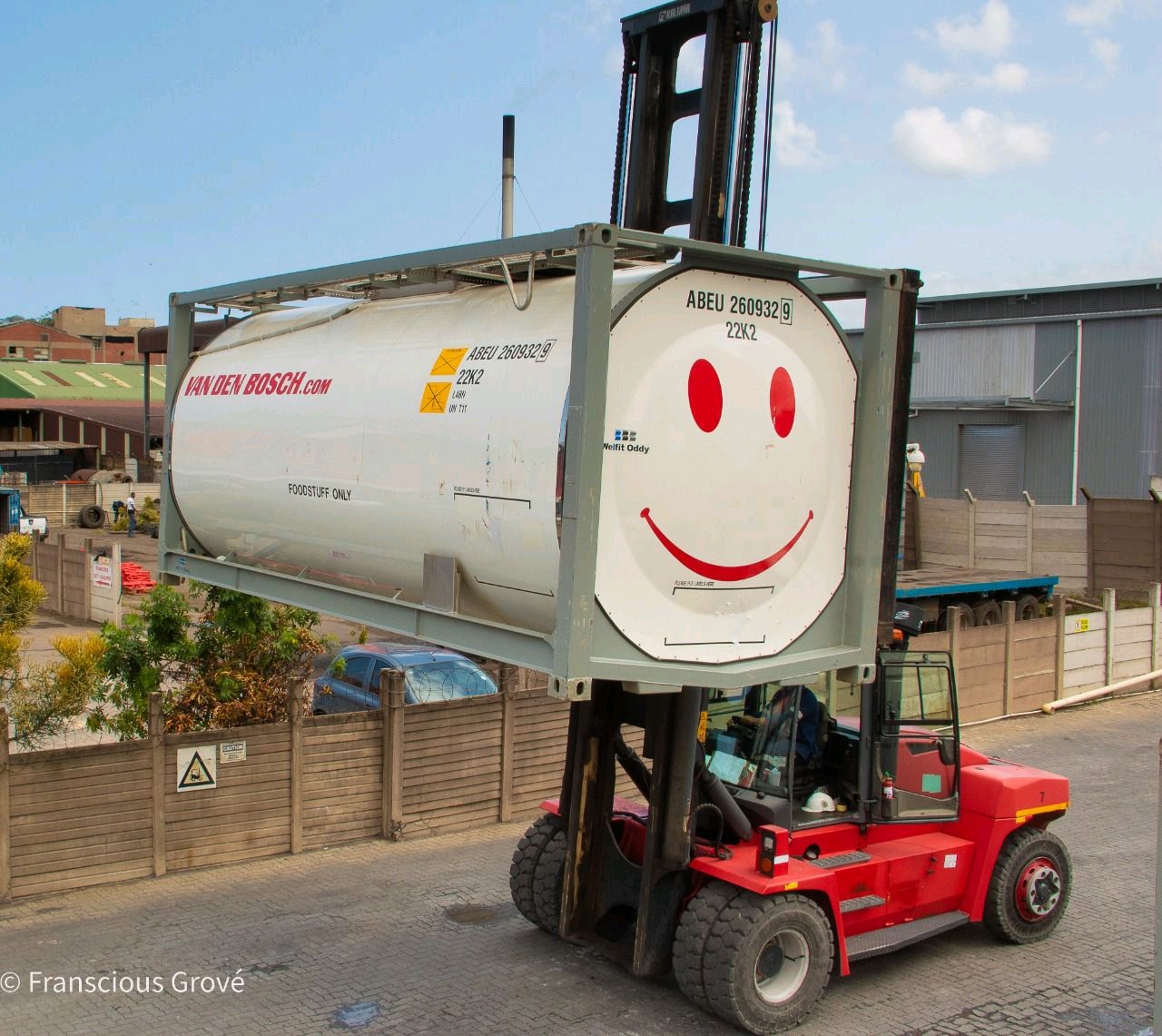ISO tank containers are the backbone of bulk chemical logistics. As the workhorses that ensure the efficient transport of hazardous chemicals, gases, or liquids, understanding the lifecycle stages of these containers is crucial. This article delves into the various phases of an ISO tank container’s life, from production to recycling, highlighting their sustainability and vital role in global logistics.
What is an ISO Tank Container?
An ISO tank container is essentially a container designed for transporting liquids or gases. These versatile containers can be used on ships, roads, railways, and in air logistics, making them integral to combined transport operations. Standardized in size and composition according to the ISO 668 standard set by the International Maritime Organization (IMO), these containers are often referred to as ISO tanks or intermodal tanks.
Evolution Influenced by Industry Needs
The development of ISO tank containers has been significantly shaped by the requirements of the chemical and food industries. These containers can be customized to meet specific transport needs, making them versatile tools for transporting various types of cargo, including gases, liquids, foodstuffs, and dangerous goods.
From Production to Recycling: The Lifecycle of an ISO Tank Container
Demanding Production Standards
Producing ISO tank containers requires extensive experience and specialized knowledge. Strict safety regulations and cargo-specific requirements influence the choice of materials, insulation thickness, baffles, and the design of valves and connections. The manufacturing process includes rigorous quality controls and a series of tests, such as leakage and hydrostatic pressure tests. Once a tank container passes these tests, it receives the necessary certifications for commercial use.
Selecting the Right Tank Container
The choice of an ISO tank container depends on the characteristics of the transported goods, such as weight, density, and reactions with other substances. The dimensions of these containers align with those of standard ISO containers, facilitating their use in combined transport systems. Additional measures, such as specific documentation, cleaning methods, and handling procedures, may be required based on the cargo.
Ensuring Longevity Through Maintenance
Post-transport, ISO tank containers undergo thorough cleaning and comprehensive inspections to detect and address any damage. For dangerous goods, mandatory air pressure tests every two and a half years and water pressure and water tightness tests every five years ensure functional safety. With proper maintenance, a tank container can last between 20 to 30 years. Refurbishment or overhauling may extend their lifespan further, involving the replacement or renewal of various components.
Recycling: The Final Stage
When a tank container is no longer safe or economically viable, it can be recycled. This involves thorough cleaning to remove hazardous residues, followed by recycling processes handled by specialists. Made predominantly of high-quality stainless steel, these containers are 90% recyclable through established metal recovery processes.
Conclusion
The lifecycle of an ISO tank container is intricate, with each stage ensuring the safe handling and transportation of cargo. These containers are not only durable and vital for efficient logistics but also valuable recyclable resources. By understanding their lifecycle, we appreciate their role in maintaining a sustainable and effective global supply chain.


